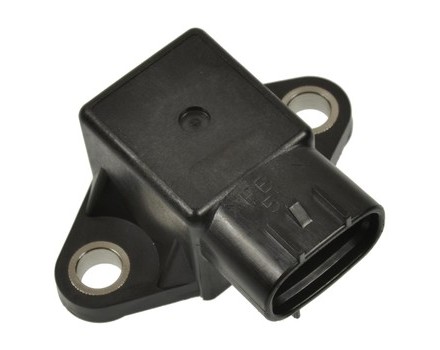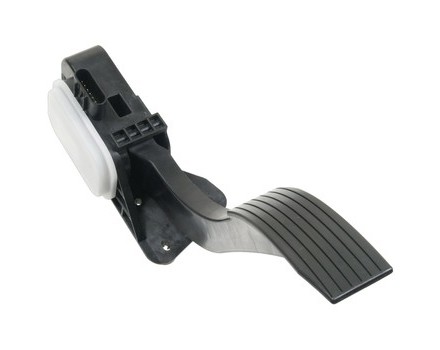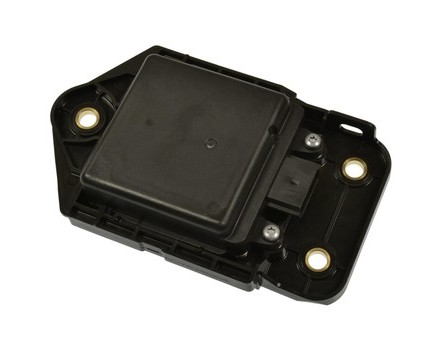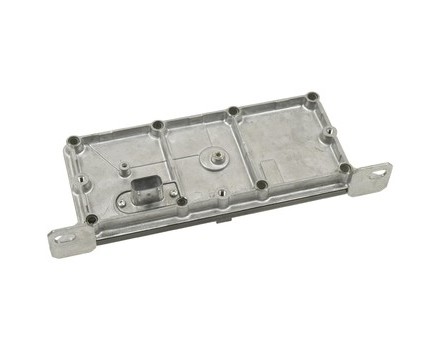Sensors
Filter Options
Important: To get started, click the blue "Filter Options" button to select your vehicle and then use the filters to narrow your options.
Important: To get started, select your vehicle on the left and then use the filters to narrow your options.
What is a sensor?
A sensor is an electronic device used to detect and measure a physical property (such as temperature, pressure, or motion) and transmit a corresponding signal to a measuring or control instrument.
What is the purpose of a sensor?
The purpose of a sensor is to detect changes in its environment and send a signal to a measuring or control device. This signal can be used to control a process, or to provide feedback to the operator.
How can I tell if my sensor is faulty?
In order to tell if your sensor is faulty, you will need to inspect it visually and test it against known parameters. If the sensor is not responding to the environment as expected, it may be faulty and need to be replaced.
Can a faulty sensor cause damage to a vehicle?
Yes, a faulty sensor can cause damage to a vehicle. If the sensor is not accurately detecting and responding to changes in the environment, it can cause the wrong signal to be sent to the control system, which can lead to incorrect or unsafe operation of the vehicle.
How do I replace a sensor?
- Check your owner's manual for the specific procedure for your vehicle.
- Disconnect the negative battery cable to avoid any risk of electric shock or damage to the vehicle.
- Locate the faulty sensor and disconnect the electrical connector.
- Remove the mounting bolts and remove the sensor.
- Install the new sensor in the same manner, making sure it is properly secured.
- Connect the electrical connector and test the sensor.
- Reconnect the negative battery cable.



